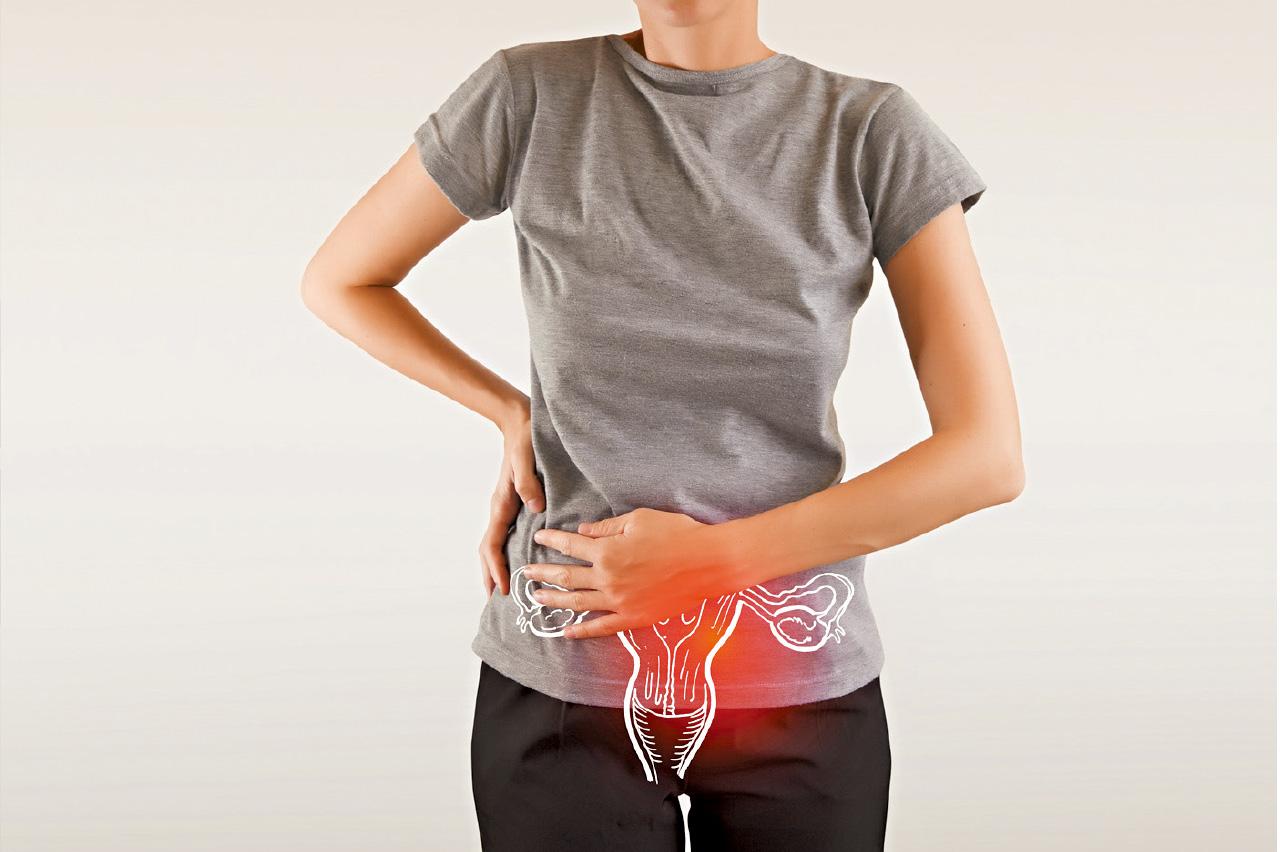Uterine polyps must be removed if they cause unexplained bleeding
Endometrial polyps are benign tumors caused by the overgrowth of endometrial cells and are one of the most common gynecological diseases. Li Runting, an expert in obstetrics and gynecology, said that the cause of uterine polyps is not known, or that it may be related to high levels of estrogen in the body. Most polyps are benign, but if there is abnormal bleeding, polypectomy surgery is recommended to determine the cause and eliminate the possibility of cancer.
Li Runting reminded that endometrial polyps can be asymptomatic.
high risk factors
Endometrial polyps are located on the inner wall of the uterine cavity, varying in number and size from half a centimeter to several centimeters. The reason is not known, or it may be related to excessive levels of estrogen in the body. High risk factors include: obesity, breast cancer patients receiving hormonal therapy (Tamoxifen), and patients on long-term hormone replacement therapy.
Li Runting reminded that endometrial polyps may not have any symptoms. Endometrial polyps can also prevent embryo implantation and the chance of pregnancy.
If symptoms are present and endometrial polyps are suspected, a pelvic ultrasound may be performed. Those with sexual experience usually use vaginal ultrasound. The best time is a few days after the end of menstruation.
hysteroscopic polypectomy
Endometrial polyps will not disappear on their own. If an ultrasound finds abnormalities in the endometrium, or if the patient has abnormal bleeding, the polyps can be diagnosed through hysteroscopy and treatment.
A hysteroscopy is a type of endoscope that enters the uterine cavity through the vagina and cervix to examine the uterine cavity and find endometrial polyps. After the polyps are diagnosed, they can be removed with instruments and sent to the pathology department for testing. Hysteroscopic polypectomy is usually performed under general anesthesia and takes about half to an hour, depending on the size and number of polyps. After the operation, you may experience menstrual pain and some bleeding, which lasts one or two weeks and then stops. If the condition is stable, you only need to rest for a few hours after the operation and you can be discharged from the hospital on the same day.
A hysteroscopic polypectomy is a minor operation. However, hysteroscopy also has surgical risks, including the risks of general anesthesia, bleeding, pelvic infection, uterine adhesions, etc.
There are several instruments used to remove endometrial polyps, including traditional hysteroscopic resection and the new hysteroscopic cold knife technology-Shaver System, both of which can be used to remove endometrial polyps. .
Electrosurgery uses electricity to reach high temperatures to ablate and remove polyps However, high temperatures can damage nearby healthy endometrial tissue and increase the risk of intrauterine adhesions. The new planning system uses a spiral blade to enter the uterine cavity through the hysteroscope, surround and cut the polyps and aspirate them. The planning system does not use an electric current, which avoids damage to the endometrium caused by the heat that the current produces usually beyond a short electroresection.
A medicated uterine ring can reduce the chance of recurrence.
There is a possibility again
If abnormal bleeding occurs again after uterine polypectomy, you should seek medical advice as soon as possible. If recurrence occurs and pregnancy is not needed, a medicated intrauterine ring can be considered to reduce the progesterone released by the overgrowth of endometrial cells and reduce the chance of recurrence.
2024-04-21 20:29:54
#Uterine #polyps #cut #unexplained #bleeding #am730




